I won’t say it’s perfect – what public school is? – but to walk onto the campus of our dual immersion elementary school and feel completely at home is an incredible feeling. Spanish is everywhere – in the halls as students run by, in the main office as the nurse tends to a sick child, between teachers as they plan for rotations…. everywhere. The intensive 90/10 model is less common than the 50/50 ratio most schools in neighboring districts follow, meaning my son’s Kindergarten class has only 30 minutes of instruction in English. Alina is in second grade and gets 40 minutes.
Let that sink in for a second.
The school ranks a 10/10, meets Common Core standards, our kids are testing among the highest in the district…. and all in Spanish!
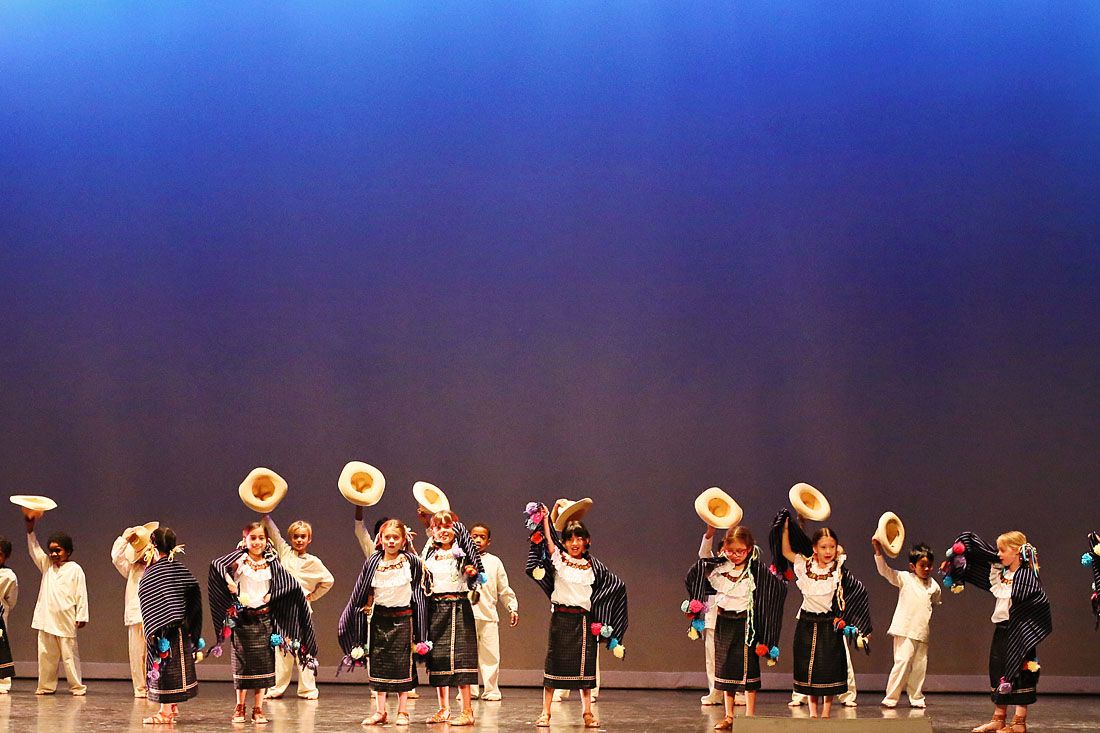
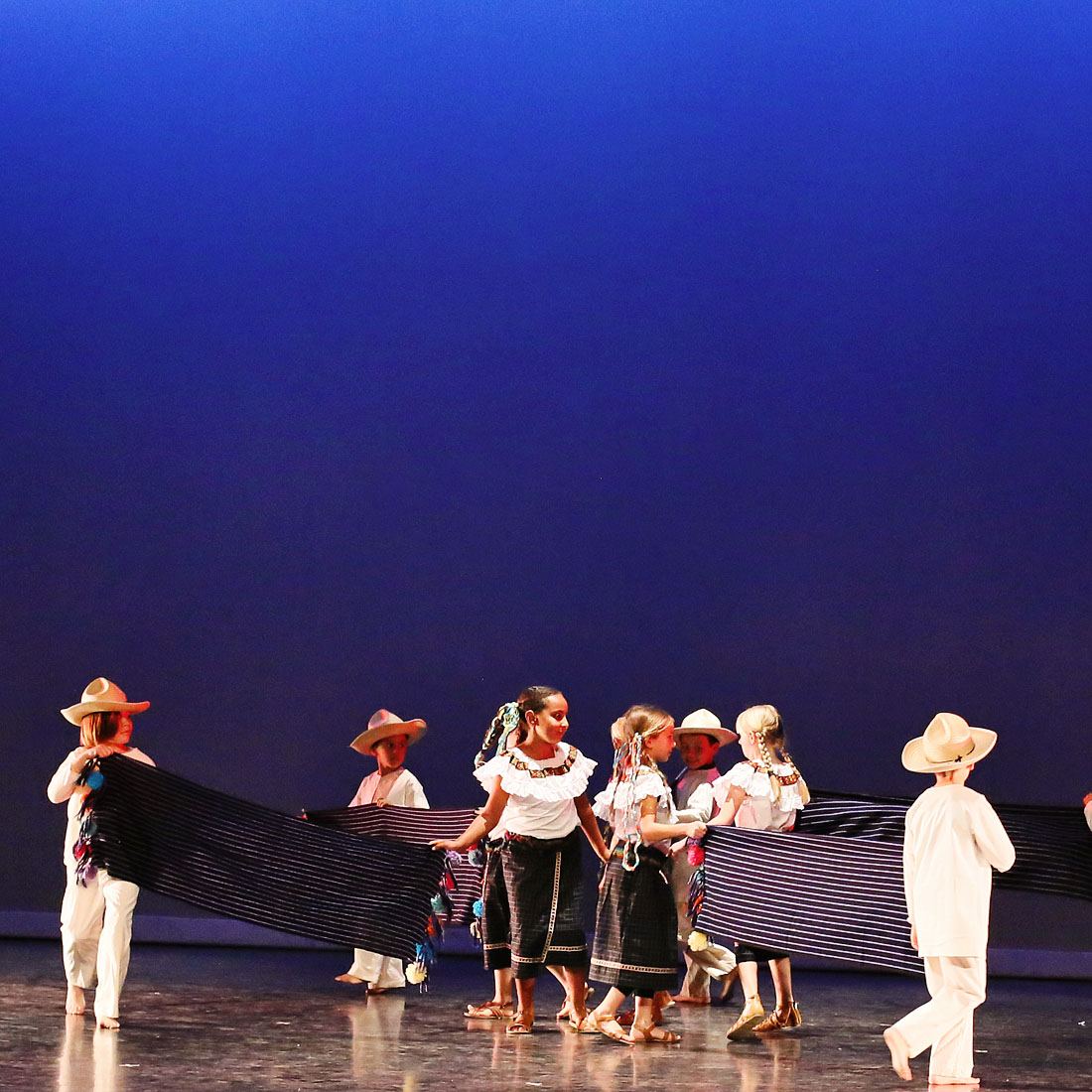
But more than the academics – maybe even more than the language acquisition – the biggest source of pride for many of us is the school’s culture. It’s the school’s holiday program that honors Kwanza and Haunakah. It’s celebrating Black History Month with a review of Afro-Latinos. And you better believe it’s also this adorable Ballet Folklorico program that celebrates Latino music and dance so beautifully that I cry every time.
Going to school in Spanish and living your life in English is like taking a college course on Code-Switching 101 and, in raising multiracial children, normalizing these skills has had a profound effect on their developing identity. My kids have never been asked to choose one identity over the other. While racism (or colorism) remains a thing we combat, the very foundation of their school’s culture is built on the appreciation of numerous identities, varied methods of communication, openness and understanding. Bilingualism, multiculturalism, biculturalism… it’s all par for the course in a dual immersion culture.
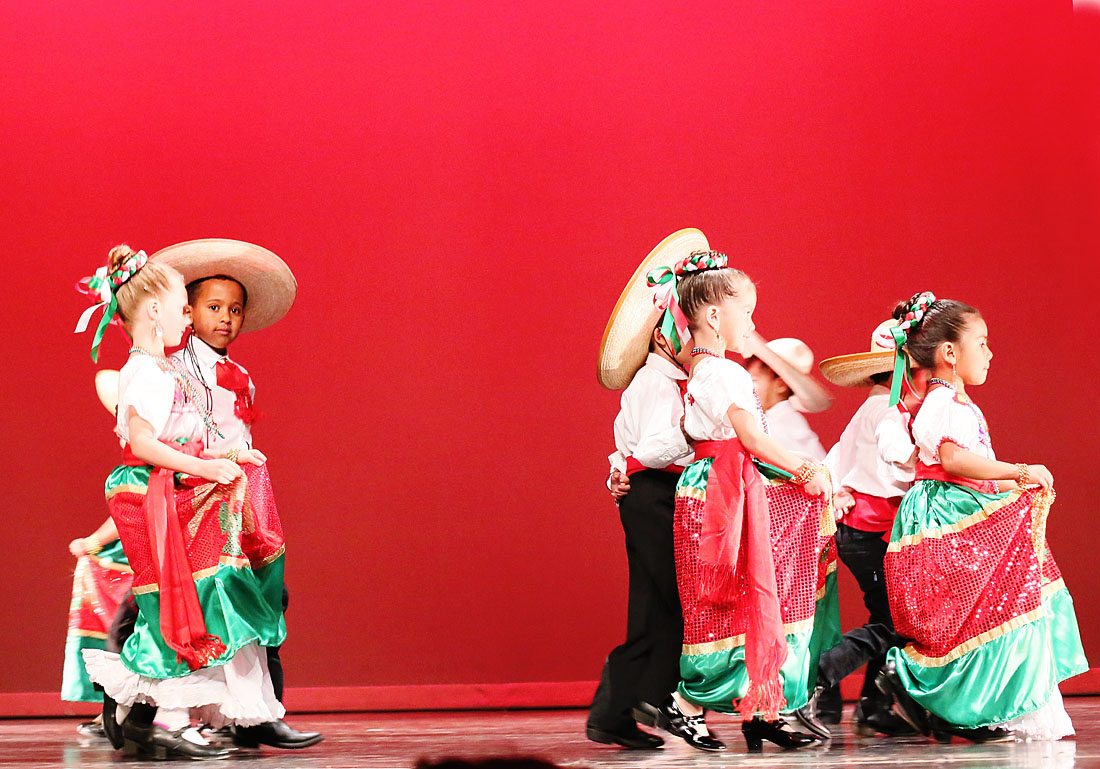
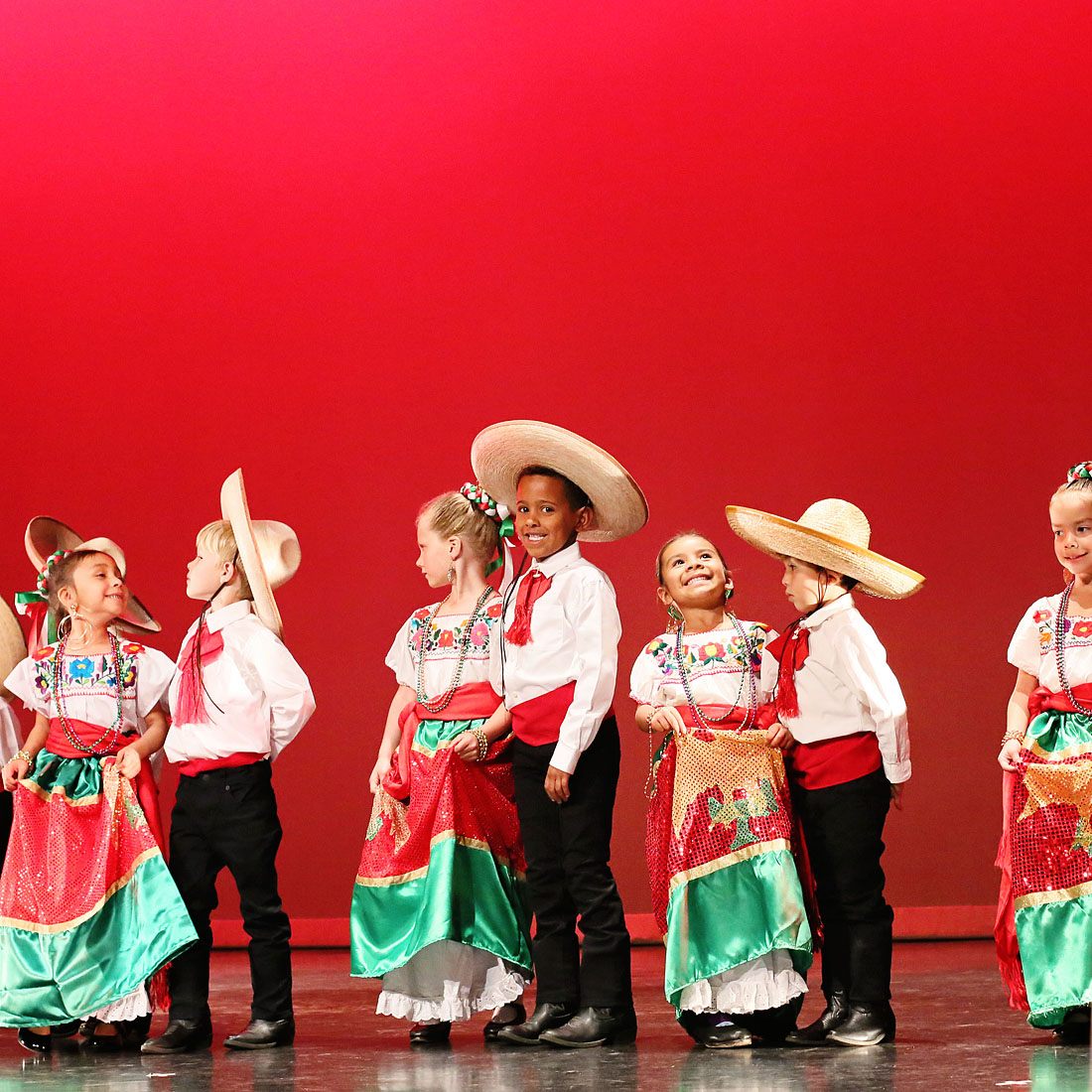
All of us of strive to give our children “the best”, but the more I think about it the more I realize that “the best” is just a reflection of what we lacked in our own childhoods. What’s best for one mom and child isn’t necessarily so for the next. My mom came to the United States as a Cuban political refugee fleeing a communist dictator; the best for her children was whatever her money could afford and so I attended a private Catholic school that, though excellent in terms of academics, lacked a culture that reinforced my identity as bicultural Latina.
Only time will tell if my kids will remember their dual immersion education as a place that nurtured and reinforced their bicultural identities… but it certainly has done so for me!

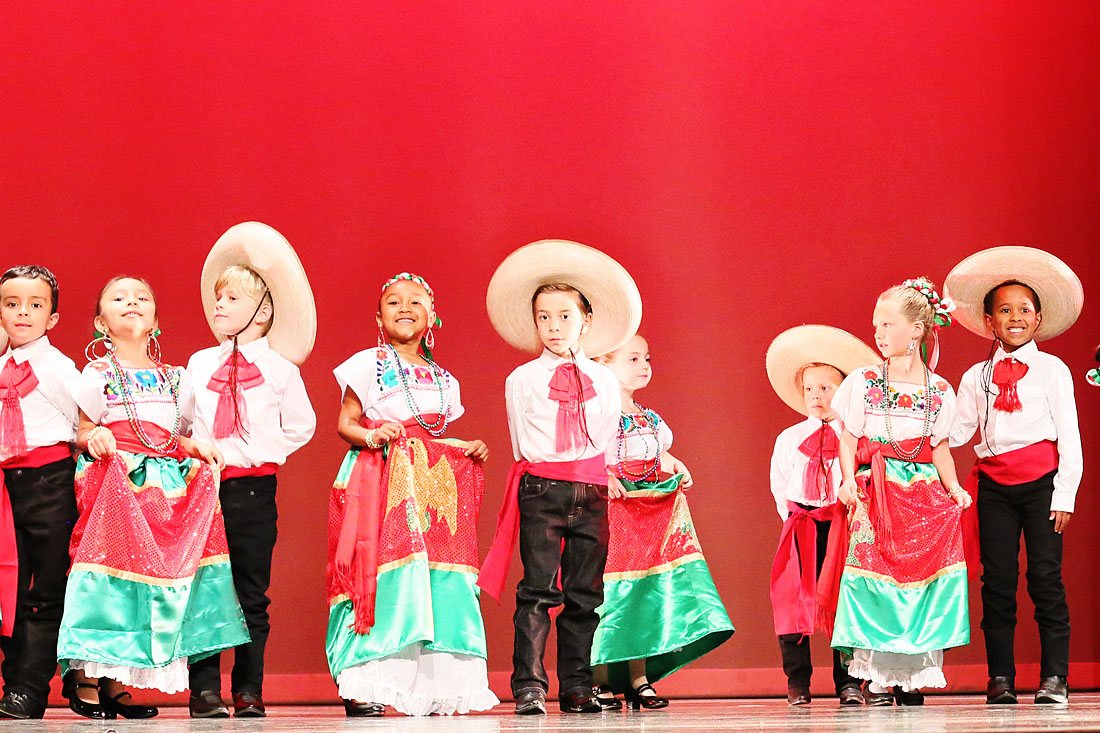
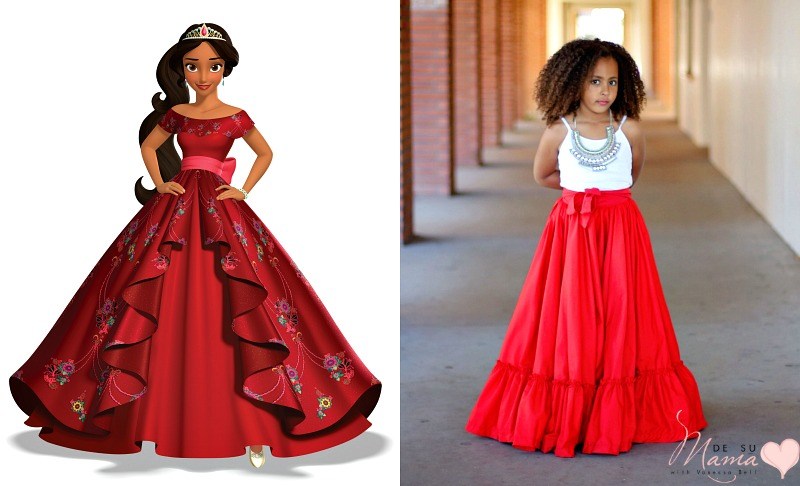
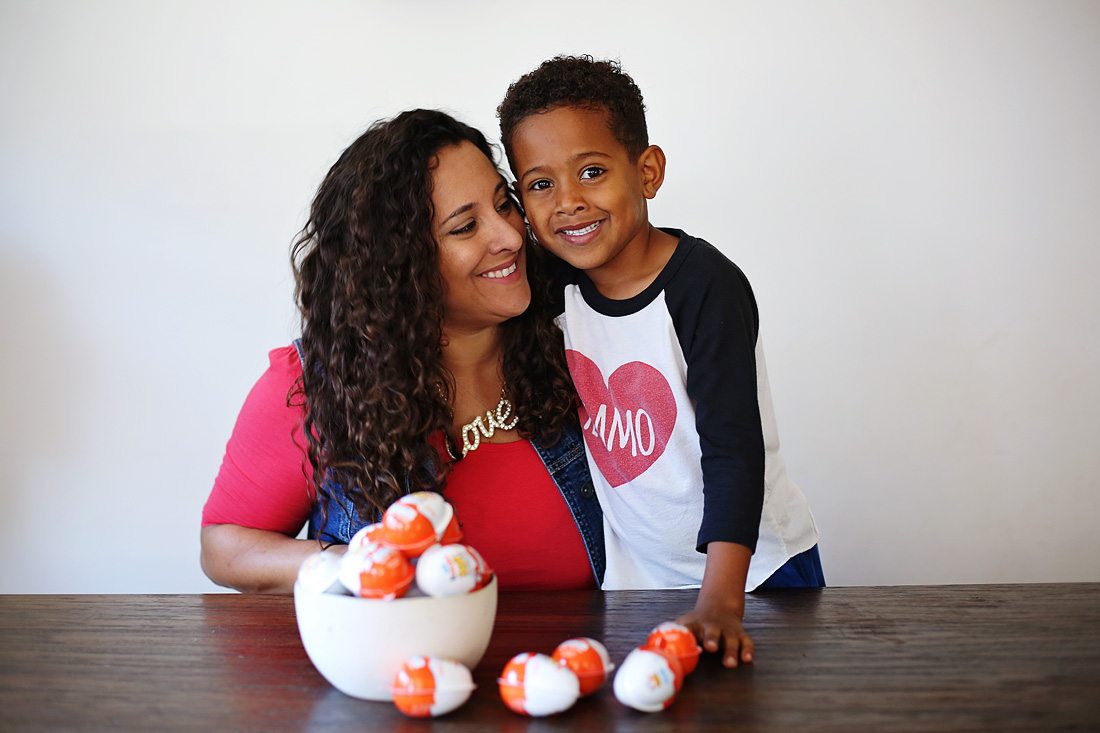
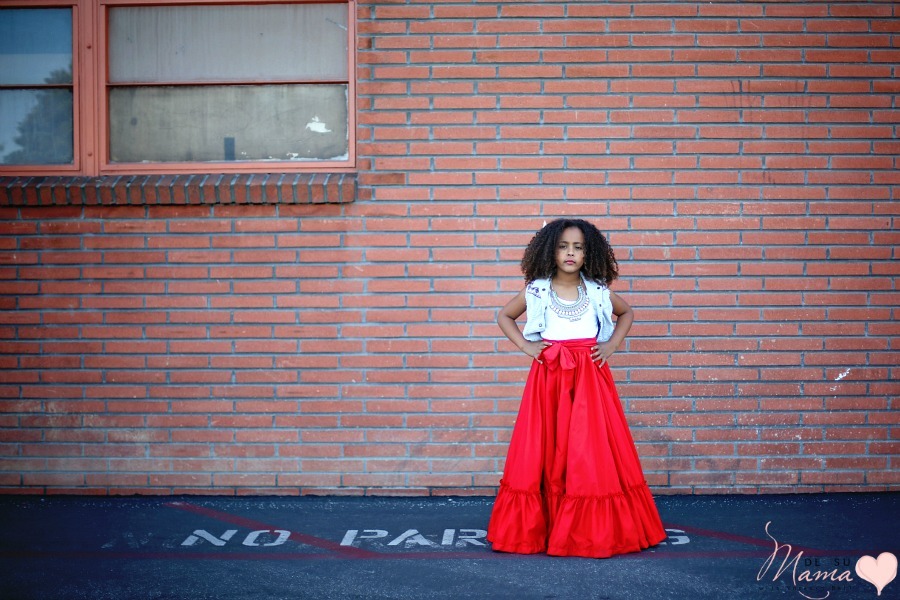
1 Comment
Patsy
April 5, 2018 at 11:45 amHi! Where is this beautiful school?? How wonderful for your children!